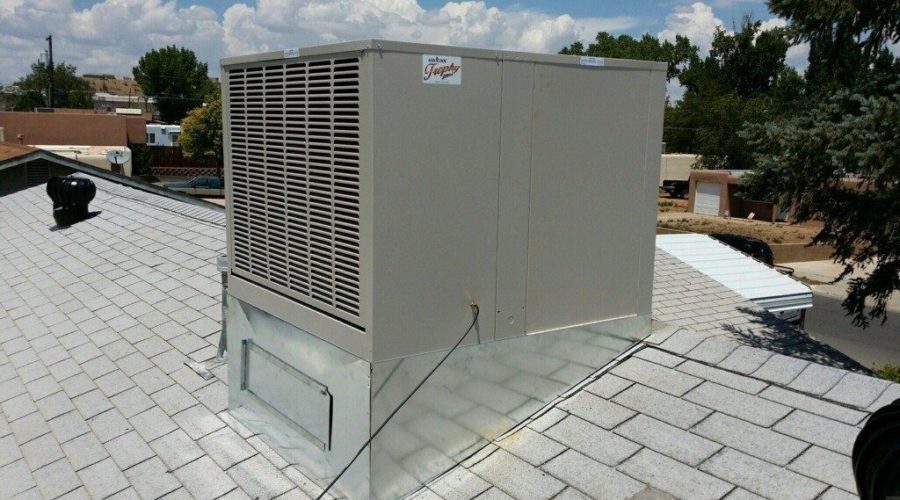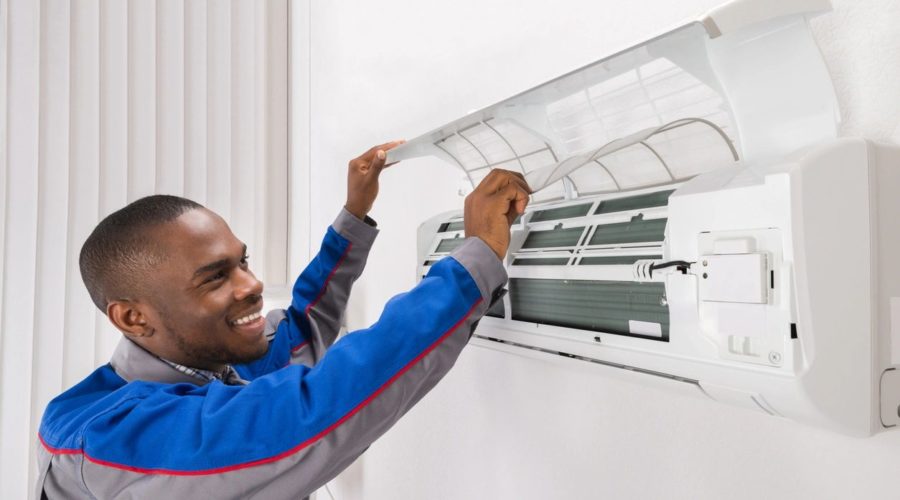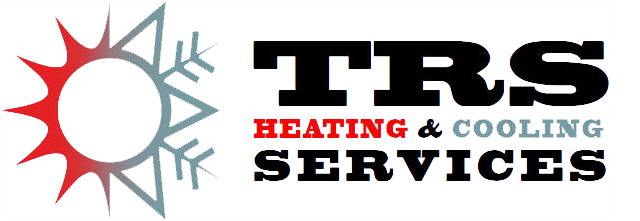As temperatures rise and air conditioners begin to blast, educated homeowners have no need to fear the Environmental Protection Agency’s (EPA) 2020 Freon Phaseout.
January 2020 marks the EPA mandate to end production of Freon (also known as HCFC-22 and R-22), the primary refrigerant chemical used in residential air conditioning units that have been found to have a significant contributing effect on ozone depletion and global warming.
While this is good news for environmentally conscious consumers, what does this mean to homeowners?
In short, you can still opt to keep your older system that requires Freon. However, this can pose a problem should your unit need even minor service, such as a small leak. Technicians will have limited access to R-22 or use recycled versions until supplies dwindle. Further, a shortage means increased prices. Alternatively, homeowners would need to hire a technician to replace the outdoor unit and indoor coil to accommodate the newer R410A, which is an expensive proposition.
Ultimately, now might be a perfect time to upgrade since the average lifespan of an HVAC system is approximately 15 years – allowing homeowners to enjoy greater long-term savings on utility bills and live greener.
Live Green, Save Green, Stay Cool
With home heating and cooling accounting for nearly half of home energy use and air conditioner energy expenses costing homeowners more than $11 billion a year, small steps can go a long way.
With home heating and cooling accounting for nearly half of home energy use and air conditioner energy expenses costing homeowners more than $11 billion a year, small steps can go a long way.
Following are some useful tips to help you contribute to the cleaner energy movement and reduce bills:
* Get Electric: According to Columbia University’s Earth Institute, electric systems are a solution to decarbonize home climate control. Among the most energy-efficient heating and cooling products, electricity-powered ductless mini-split systems, offered by companies including Fujitsu General America, can save as much as 25 percent on your energy bill. Mini-splits use thin copper tubing to pump refrigerant from an outdoor compressor directly into an indoor air-handling unit, where the air is quietly distributed to the interior space.
* Be “Smart” About Home Climate Control: When it comes to smart home temperature control, there are Smart HVAC Systems and Smart Thermostats. Smart HVAC systems have built-in Internet capability and can be controlled directly without additional equipment. Smart Home Thermostats create “smart” systems by enabling remote temperature control via a mobile or Internet-connected device or voice-operated home automation system.
* Voice Your Preferences: Take control of your comfort. Most HVAC manufacturers offer apps that enable systems to be controlled from anywhere using a mobile device. Voice-control capability uses digital assistants, such as Amazon Alexa or Google Home, to verbally dictate home temperatures. Easily controlling the temperature more closely allows homeowners to be more comfortable and improve energy savings.
* Find Your Efficient Comfort Zone: Many of us live in homes designed for bigger families, but have yet to downsize. If you find yourself using a fraction of your home on a regular basis, consider upgrading to a zoned, ducted, or ductless system. That will allow you to save energy heating and cooling spaces where you and your family don’t spend a lot of time. This will multiply savings as you’re not only needing less cooling, but you also gain from a more efficient system in the spaces you do still use.
* Go Low-tech: Simple changes can have a big impact. Try to use heat-producing appliances – stoves, irons and dryers – at night or early morning. Switch to LED light bulbs instead of incandescent bulbs – which consume 90 percent more power. Seal air leaks around windows, doors, and places where pipes and wires come through walls. Check existing caulking and weather-stripping for gaps or cracks.
There’s no need to sweat the ban on Freon this summer. If a new system is right for you, many Fujitsu systems with the Energy Star rating are more than twice as efficient as the minimum standard set by the government.






